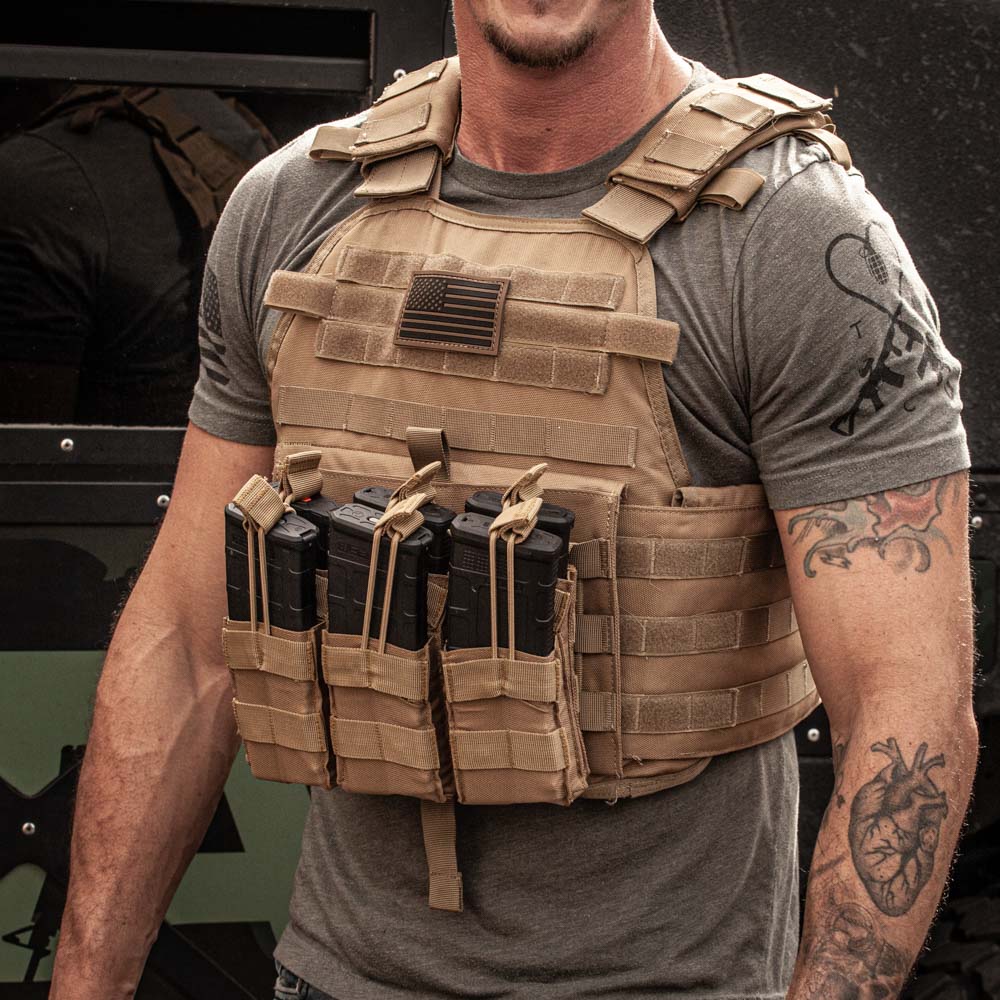Body armor is essential protective gear for law enforcement officers, military personnel, and others in high-risk professions. However, wearing body armor can have a significant impact on athletic performance, affecting speed, agility, and endurance. In this article, we’ll explore the impact of body armor on athletic performance and provide tips for minimizing its effects.
Impact on Speed and Agility
Body armor can significantly impact an athlete’s speed and agility. The added weight of the armor can slow down movements, making it more challenging to perform quick and precise movements. Additionally, the bulkiness of body armor can restrict movement, limiting an athlete’s range of motion and ability to perform certain movements.
To minimize the impact on speed and agility, athletes can choose lightweight body armor made of breathable materials. Additionally, athletes can train with the armor to get used to the added weight and adjust their movements accordingly.
Impact on Endurance
Body armor can also impact an athlete’s endurance. The added weight of the armor can cause fatigue more quickly, making it more challenging to maintain a high level of performance for an extended period. Additionally, the added heat retention from the armor can cause overheating, leading to fatigue and exhaustion.
To minimize the impact on endurance, athletes can choose breathable and moisture-wicking materials for their body armor. Additionally, athletes can train with the armor to build endurance and adjust their training routines accordingly.
Impact on Recovery
Wearing body armor can also impact an athlete’s recovery time. The added weight and bulkiness of the armor can cause muscle fatigue and soreness, leading to longer recovery times. Additionally, the heat retention from the armor can cause dehydration and other health issues, further impacting recovery time.
To minimize the impact on recovery, athletes can incorporate recovery routines into their training regimen, such as stretching and foam rolling. Additionally, athletes can choose body armor made of materials that minimize heat retention and moisture buildup, reducing the risk of dehydration and other health issues.
Impact on Mental Health
Finally, wearing body armor can also impact an athlete’s mental health. The added weight and bulkiness of the armor can cause discomfort and reduce confidence, leading to mental fatigue and anxiety. Additionally, the constant reminder of the need for protection can cause mental stress and anxiety, further impacting mental health.
To minimize the impact on mental health, athletes can choose body armor that is comfortable and fits well, reducing discomfort and increasing confidence. Additionally, athletes can incorporate mental health practices into their training regimen, such as meditation and visualization techniques, to reduce mental stress and anxiety.
In conclusion, body armor can significantly impact an athlete’s speed, agility, endurance, recovery, and mental health. However, by choosing lightweight, breathable, and moisture-wicking materials and incorporating specific training and recovery routines, athletes can minimize the impact of body armor on their performance. Additionally, athletes can incorporate mental health practices into their training regimen to reduce mental stress and anxiety.
